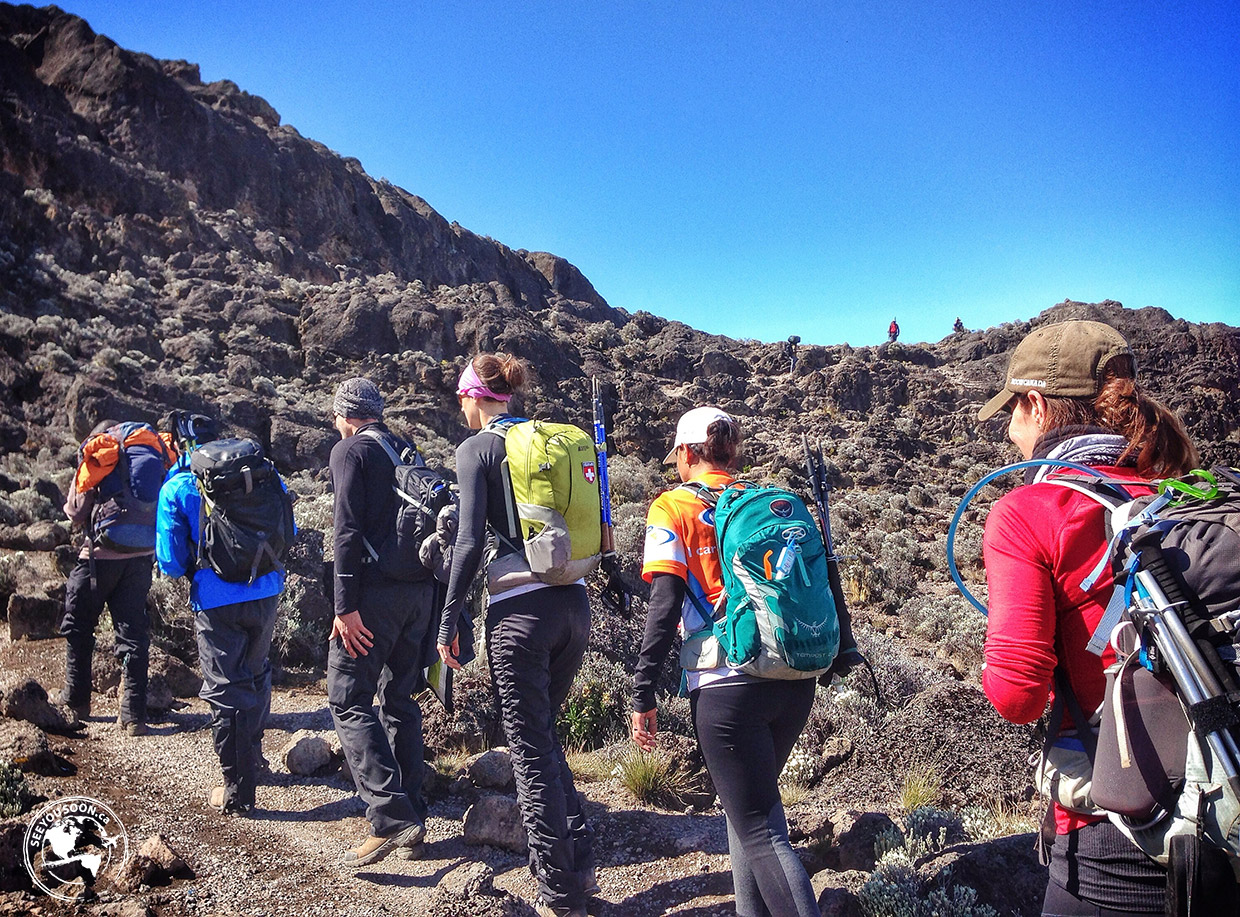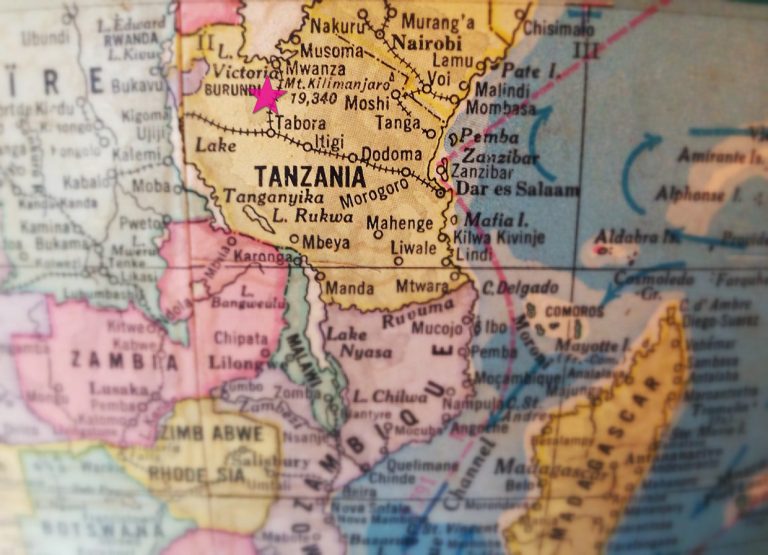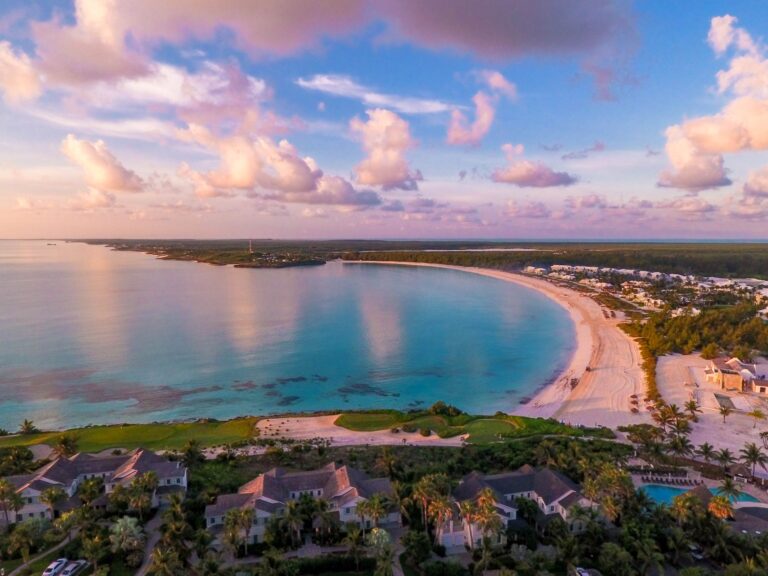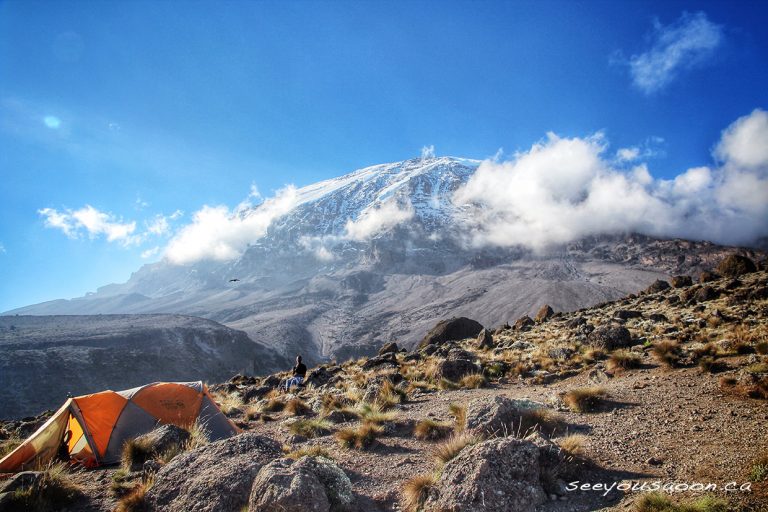10 Tips For Climbing Mt Kilimanjaro
Climbing Mt Kilimanjaro was both the hardest thing I’ve ever done and the most incredible experience I’ve ever had. I had my trepidations leading up to my departure date, wondering if I’d really be able to make it to the summit and I can happily say that I made it to the top of that mountain! But it wasn’t without some difficult and trying times. Based on my experience, I wanted to share my 10 tips for climbing Mt Kilimanjaro, things you can apply before and during your climb. You too can successfully make that summit by following the tips below.
1. Choose The Route That’s Right For You
The most important decision you’ll make even before setting foot on the mountain is deciding which route you’ll take to summit Kilimanjaro. There are 7 routes in total to choose from: Marangu, Machame, Rongai, Lemosho, Shira, Umbwe, and the Northern route. Each route varies in length, topography, difficulty, and even cost. I won’t get into comparing each route, but a great site that breaks each of these down is Kilimanjaroroutes.com. I climbed the 8-day Lemosho Route. This route is one of the newer trails on the mountain and generally has less crowds. It’s also a very scenic route. From my experience, I’d recommend a route of this length (definitely nothing shorter than 5 days). It took us 6.5 days to reach the summit plus another 1.5 days to reach the exit gate. Our average hiking days were around 4-5 hours. Although a shorter amount of time on the mountain might seem appealing, keep in mind that this means your days are longer and you don’t have as much time to acclimatize to the altitude.
2. Invest in Good Quality Base Layers
In addition to taking the time to choose the right route, it’s also equally important to invest the time researching the necessary apparel and gear you’ll need for a successful climb. One area that is particularly significant are your base layers (think longjohns and long-sleeve shirt). You’ll want moisture wicking, insulating items that are 100% merino wool. Don’t make the mistake I did by choosing this solely on price. Invest in good quality base layers because as you move higher up the mountain you’ll be thankful you did. Stay tuned for an in-depth, ultimate packing guide coming out in a few weeks!
3. Training is Necessary But It’s Not Everything
Climbing Kilimanjaro is a physical challenge, so training for the climb is very important. For individuals who are fairly active, you’ll want to begin training at least 3-months in advance of your climb. Those who aren’t physically active on a regular basis will want to start at least 6-months in advance. Training can include using the treadmill on an incline, the Stairmaster, spin classes for endurance, weight training (especially for your legs), and outdoor hiking with some weights in your daypack. I even stopped taking elevators and escalators leading up to my climb. But while training is very important, it’s not the be-all, end-all of making a successful climb. In fact, I’d say that your mental outlook is more important. This climb is a marathon, and the summit climb in particular is truly ‘mind over matter’. Your body is capable of pushing beyond what you think it’s physically capable of doing, so having a strong mind will surely help you reach that summit.
4. To Take Altitude Medication or Not?
This is a very polarizing topic. Should you take altitude sickness medication or not? This decision will ultimately come down to what you feel comfortable with. Book an appointment with your doctor and discuss if this is right for you. I opted to take the altitude medication. I didn’t have a lot of time to prep for the climb so I wanted to give myself every opportunity to make this climb a success. I’m really happy I did. I didn’t experience any major effects from the altitude apart from a lack of appetite. I did, however, experience some side effects from the altitude medication including tingling in the tips of my fingers and toes and an increase in urination, but I felt these were completely manageable in the grand scheme of things. But again, consult with your doctor first!
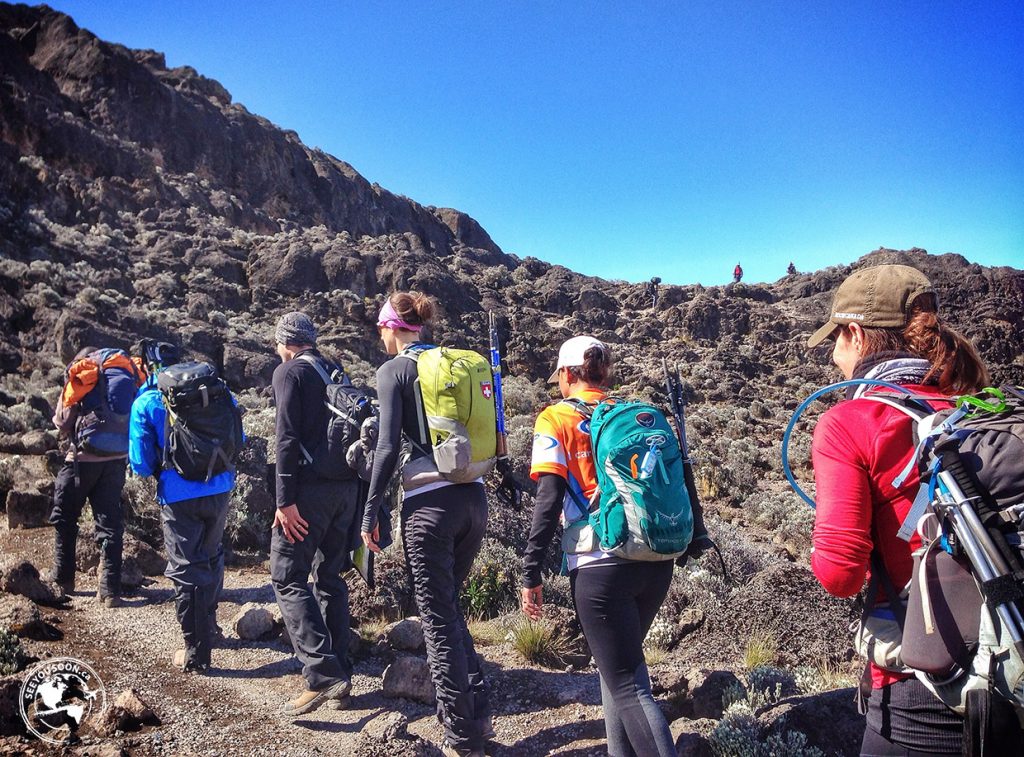
5. Keep Your Daypack Light
Some people have asked me if I had to carry all my stuff during our daily hikes. Those wanting to climb Kilimanjaro will be happy to hear that no, the porters actually carry most of our clothing (up to a maximum of 15kgs). But you’re still in charge of carrying your daypack on the trails. Keeping your daypack as light as possible is essential. After a few hours hiking, that daypack feels much heavier than when you first set out. You only want to carry those items you absolutely need with you for the day. This includes water (usually 3-4L), snacks, sunscreen, wet wipes and bathroom supplies, and any layers you’ll take off or put on during your hike. Ideally you’ll want to keep this to under 10kgs. Also, use a daypack with good waist straps so the bulk of the weight is carried on your hips and not your shoulders. Everyday on the trail will feel a bit different but the lighter you make your daypack, the easier the climb will be.
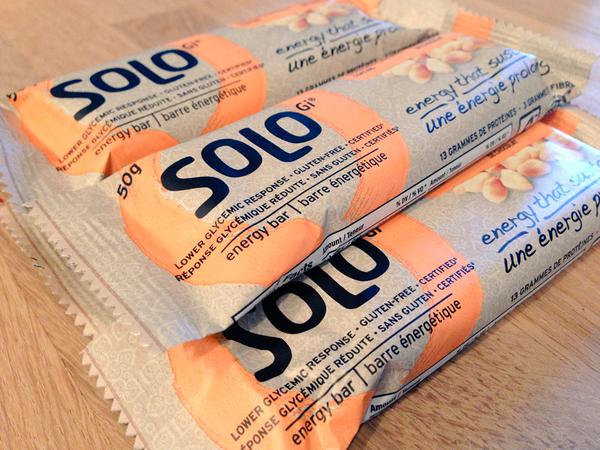
6. Pack Good Snacks
If you’re traveling with a reputable company (and you should be), you’ll be blown away by the meals you’re given on the mountain. But while breakfast, lunch, and dinner will be provided for you, it’s your responsibility to supply your own snacks on Kilimanjaro. Snacks are necessary to keep your energy levels up especially on summit night where you’ll go about 10-12 hours between meals. Snacks should include things that are sweet, salty, high in calories and protein, and easy to consume (especially when things start to freeze on summit night). Think protein bars, nuts, mini-chocolate bars, and even beef-jerky. This last snack actually became a hot commodity within my group!
7. Stay Hydrated
Drinking enough water is equally as important if not more important than choosing the right snacks. On an average day I would be consuming 3-4L of water on the trail. This was split between a 2L water pouch and 2x1L water bottles. Throughout the day, I would check my water pouch and refill from the water bottles as needed. Between chatting with my teammates, filming, and generally lamenting about the climb, it was easy for me to forget to drink my water. Staying hydrated keeps your energy levels up and helps keep your muscles from fatiguing.
8. Pole, Pole
In the words of our Tanzanian guides, pole pole reigns supreme! In Swahili this means slowly, slowly. As mentioned, climbing Kilimanjaro is a marathon and not a sprint. Take your time on the trails and follow the pace set by the lead guide. Sure, at times this may seem painfully slow but there’s a method to the ‘madness’. Ultimately, you want to stand tall at the summit so take things slowly and enjoy the scenery.
9. Listen to Your Body
It’s easy to get caught up with the climb and the desire to make it to the top. But through all that, it’s very important to listen to your body. There are no ‘hero awards’ on the mountain so if your body is trying to communicate something, listen to it! Take a break if you need it, talk to your team doctor if something feels out of the ordinary, and when one of the guides sees that you’re struggling and says they’ll carry your pack for you, don’t let your pride answer for you (which I did on 2 occasions). As our team leader Rhiannon said, “no one is going to know how many breaks you took, how many hours you climbed, or whether you summitted with your pack or not”. Listen to your body and address any issues right away. The last thing you want is to be forced off the mountain because of something that could have been taken care of when it first surfaced.
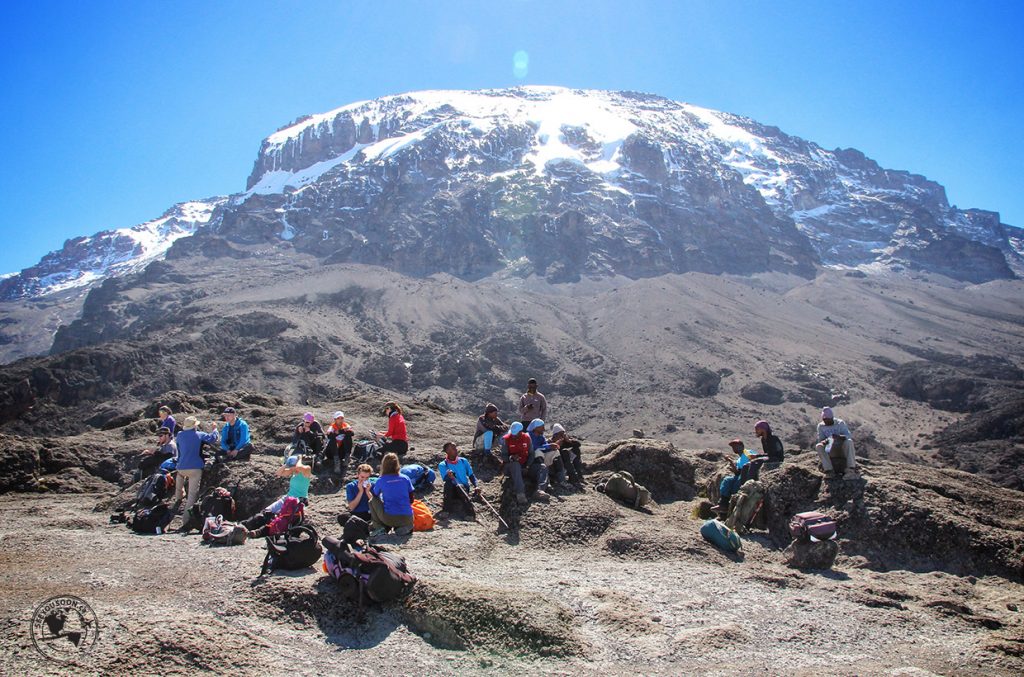
10. Enjoy the Journey
The last tip I want to share with you is to simply enjoy the journey. I realized a few weeks after returning from my Kilimanjaro climb that it really wasn’t about whether I summitted or not. Sure that’s the goal for everyone setting out to do the climb. But in actual fact, the journey of getting to that summit was the truly meaningful part and where my most memorable moments occurred.
___________________________
Interested in more posts about Kilimanjaro? Check out my video series breaking the climbing down day-by-day:
- Kilimanjaro Montage Video
- Video: Kilimanjaro – Lemosho Route – Day 1
- Video: Kilimanjaro – Lemosho Route – Day 2
- Video: Kilimanjaro – Lemosho Route – Day 3
- Video: Kilimanjaro – Lemosho Route – Day 4
- Video: Kilimanjaro – Lemosho Route – Day 5
- Video: Kilimanjaro – Lemosho Route – Day 6
- Video: Kilimanjaro – Lemosho Route – Day 7
- Video: Kilimanjaro – Lemosho Route – Day 8
